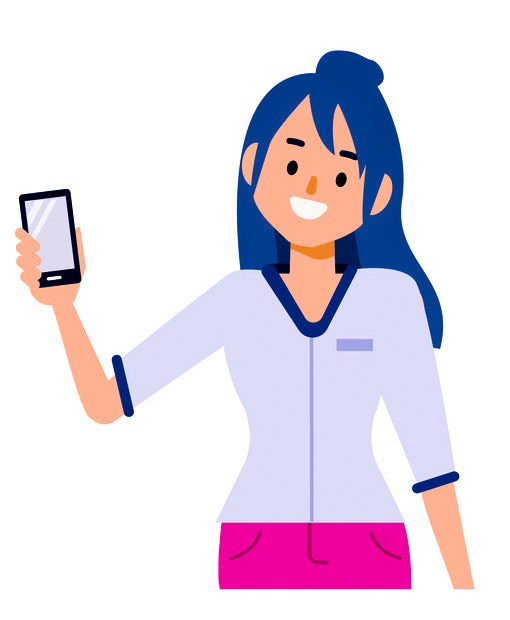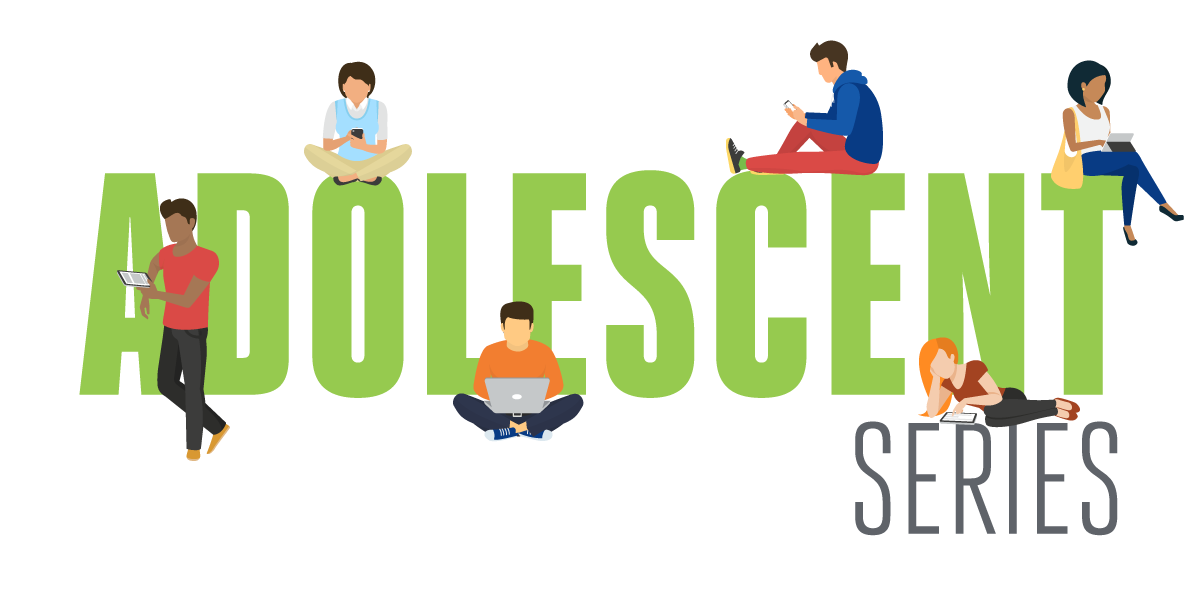How to Coach Your Care-Partner on CGM Data
By Kerri Sparling
 By Kerri Sparling
By Kerri Sparling
Leer este artículo en español.
When the ability to share my CGM data came to fruition, I was excited.
And nervous.
Chris and I talked briefly about expectations (“Only reach out if I’m low.” “Okay, then make sure you answer when you’re low.”) and then we were off and running. My husband has had access to my continuous glucose monitor (CGM) data for years now, and I think he’s only called me a dozen times over the years about any high or low. We appreciate the ability to share the data, but over time, the novelty wore off and so did the panicked response to it.
“I look at your CGM data when you’re traveling, and I only reach out if you’re running low, but on the whole, I don’t watch your numbers,” my husband said, and that’s true on all counts. It also fits with how we manage diabetes in our family; it’s mine unless there’s a problem I need help with … and it also helps that I am an adult with diabetes, not a young child.
(Ironically, he was traveling when I asked him for a quote for this article. And that same afternoon, he checked the app on his phone randomly and saw that my graph was running headlong into a nasty low blood sugar and texted me about it for the first time in at least a year. Just in time for this article? Thanks, diabetes.)
It’s important to have something resembling “a plan” when it comes to sharing CGM data, and part of the plan includes being able to coach your caregiver on the ins and outs of managing the data flow. Dr. William Polonsky and I collaborated on an idea a few years ago - “So You Want to Share Your CGM Data: A Discussion Guide for That Potentially Awkward Conversation About Data Access” – and since that article was published, there have been even more advances in diabetes data sharing.
So how do you get you and your caregiver in sync when it comes to acting on – and reacting to – CGM data?
First, make sure you are both in agreement about what blood sugar number constitutes as “low” or “high.” In my house, where I’ve had type 1 diabetes for thirty-three years, high blood sugars aren’t an outside concern. I’m confident that I can self-manage high blood sugars without discussion or intervention from my family (and I’m also confident that if my husband called me to ask why I was 160 mg/dL, it would cause an argument), and while I have huge concerns about the long-term impact of high blood sugars, they are not an acute emergency situation.
Lows, however, are an entirely different animal. Low blood sugars unnerve me because my hypoglycemia unawareness is pretty pronounced, meaning that I don’t have reliable low symptoms and without a CGM alarm, I don’t often notice that I’m going low until I’m very low, like in the 50’s or 40’s. Lows are often more concerning than highs for most families with diabetes, especially type 1 diabetes, on the whole, because they are acute emergency situations that need a quick remedy. A sit-down to iron out the details of what you consider in and out of range can get everyone on the same page.
Secondly, determine what questions need to be asked and answered before you start sharing your CGM data, and definitely have this conversation when things are calm (instead of in the throes of an awkward low).
You can jump over to the discussion guide from 2015 (still relevant), but if you want a concise conversation, here are the big questions that need answers:
“How should I respond when your blood sugar is below your low threshold?”
“How should I respond when your blood sugar is over your high threshold?”
“How should I respond when emotions are running high?”

The first two questions are specific to the sharer/recipient, but the details can be ironed out and executed without too much struggle. “Text me if I’m under 60 mg/dL,” or “Can you call me if you see double-down arrows?” It’s that last question that can be the hot button one, with an emotional response often running tandem to blood sugar numbers. Having a plan, a strategy, a safe word when the back-and-forth about blood sugars becomes too much.
And thirdly, “with great power comes great responsibility,” (which is a quote attributed to both Voltaire and an omniscient narrator in Spider-Man, and I love the chasm between those two sources so much that I’m including both). Remember putting on a CGM for the first time and seeing your blood sugars streaming, as-it-happens? For me, that was after twenty years of pricking my fingers, so the data was exciting, and inspiring … and completely overwhelming. It took me a few days to adjust to seeing those numbers and to resist the urge to take action on every sloping arrow. It was data overload.

It took my loved ones a few days to adjust, as well. For the friends, family, and colleagues I’ve shared CGM data with over the years, they also needed a little time to manage their responses to the numbers. The self-imposed pressure to watch, to act, and to experience blood sugar fluctuations without being able to take action to correct them can be very stressful for caregivers.
“Being on the outside of your experience but seeing what your blood sugars are doing was stressful for a few days because I couldn’t see you physically drinking juice to treat the low I was seeing on my phone screen,” said a colleague of mine who watched my numbers for a few weeks. “I had to wait and watch the arrow, hoping you were on top of it but trying not to worry at the same time.” She laughed at this point. “I didn’t want to nag you but the urge to nag was rising because all those numbers were making me anxious!”
Don’t underestimate the emotional impact your data may have on a loved one, and give them the grace of space to adjust to it.
Having watchful eyes on your personal diabetes data involves trust, patience, and good communication. When executed poorly, data sharing can be stressful and overwhelming, but the right combination can provide a safety net and security.

This article is a part of a series to support adolescents with diabetes funded in part by The Ella Fitzgerald Charitable Foundation.








